Dirt/Gravel driveway
Jonathan
17 years ago
Featured Answer
Sort by:Oldest
Comments (9)
Saypoint zone 6 CT
17 years agoRelated Professionals
Fillmore Landscape Architects & Landscape Designers · Foothill Ranch Landscape Architects & Landscape Designers · Kenmore Landscape Architects & Landscape Designers · Harrisburg Landscape Contractors · Overland Park Landscape Contractors · Painesville Landscape Contractors · Ringwood Landscape Contractors · Weslaco Landscape Contractors · Framingham Decks, Patios & Outdoor Enclosures · Jupiter Decks, Patios & Outdoor Enclosures · Overland Park Decks, Patios & Outdoor Enclosures · St. Louis Decks, Patios & Outdoor Enclosures · St. Louis Decks, Patios & Outdoor Enclosures · Finneytown Stone, Pavers & Concrete · Malden Swimming Pool Builderstreebeard
17 years agoehoke
15 years agolaag
15 years agosouth_county
15 years agopls8xx
15 years agoprairiepaintbrush
15 years agoSaypoint zone 6 CT
15 years ago
Related Stories
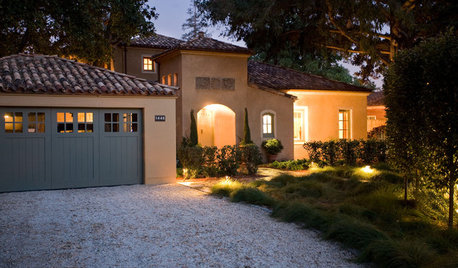
REMODELING GUIDESGravel Driveways: Crunching the Pros and Cons
If you want to play rough with your driveway, put away the pavers and choose the rocky road
Full Story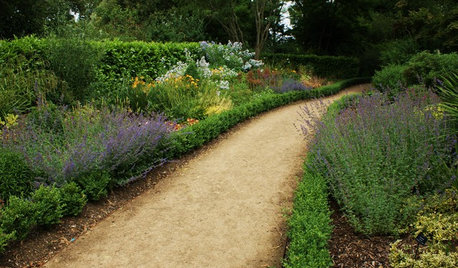
LANDSCAPE DESIGN5 Gravel and Stone Types for a Rockin' Landscape
Give your garden design some textural bam with pebbles, granite, river rocks and other permeable materials
Full Story
GARDENING GUIDESGet the Dirt on Your Garden’s Soil
Understand how your soil supports your plants so you can ensure your garden’s success
Full Story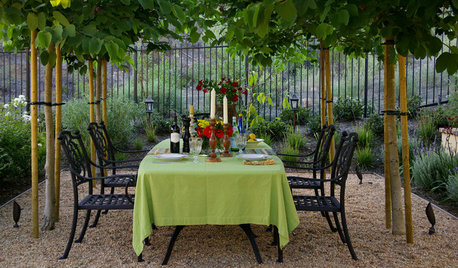
LANDSCAPE DESIGNEnjoy the Romance of Dining in a Classic Gravel Garden
Here’s what to consider when it comes to installing, styling and maintaining a DIY-friendly gravel patio
Full Story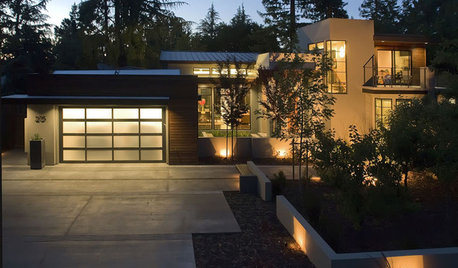
REMODELING GUIDESConcrete Driveways: Poring Over the Pros and Cons
Concrete adds smooth polish to driveways and a sleek look to home exteriors, but here are the points to ponder before you re-surface
Full Story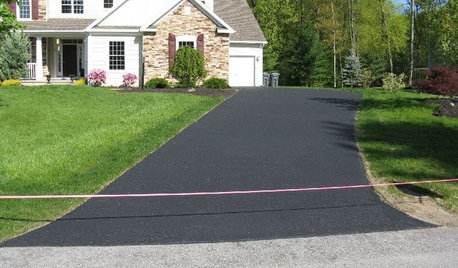
CURB APPEALHow to Reseal Your Asphalt Driveway
Protect your driveway and keep it looking great by applying new sealer every couple of years. Get the details here
Full Story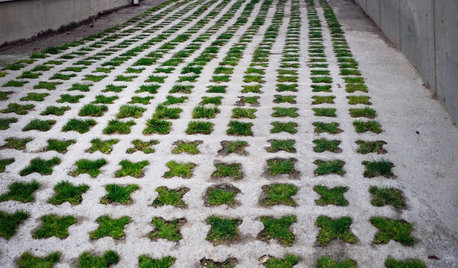
EARTH DAYHow to Build a Greener Driveway
Install a permeable driveway to keep pollutants out of water sources and groundwater levels balanced
Full Story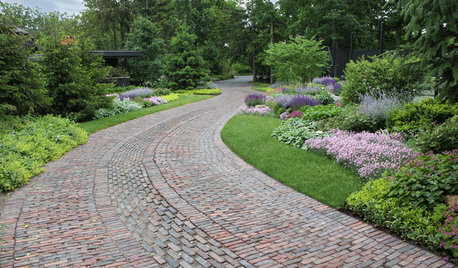
LANDSCAPE DESIGN6 Driveway Looks Take Landscapes Along for the Ride
See how to design a front yard that makes your driveway its own destination
Full Story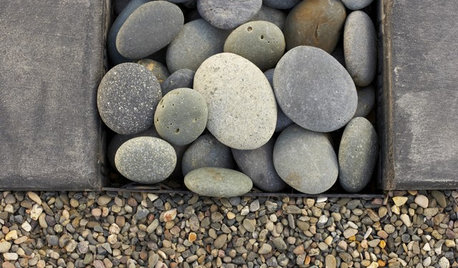
LANDSCAPE DESIGNThe Right Stone for Your Garden Design
Gravel, pebble, cobble and paddle: Stones vary in size and shape, and have different uses in the landscape
Full Story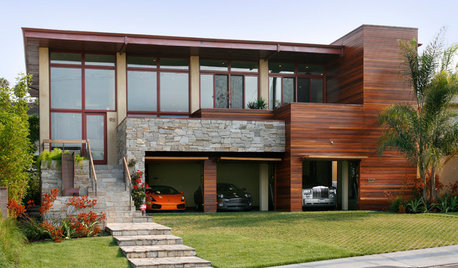
LANDSCAPE DESIGNLandscaping Tricks to Manage Stormwater Runoff
Help rainwater absorb slowly back into the earth with paving grids, gravel beds and other porous systems
Full StoryMore Discussions






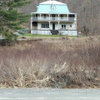
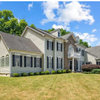

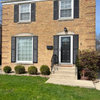

spazzycat_1